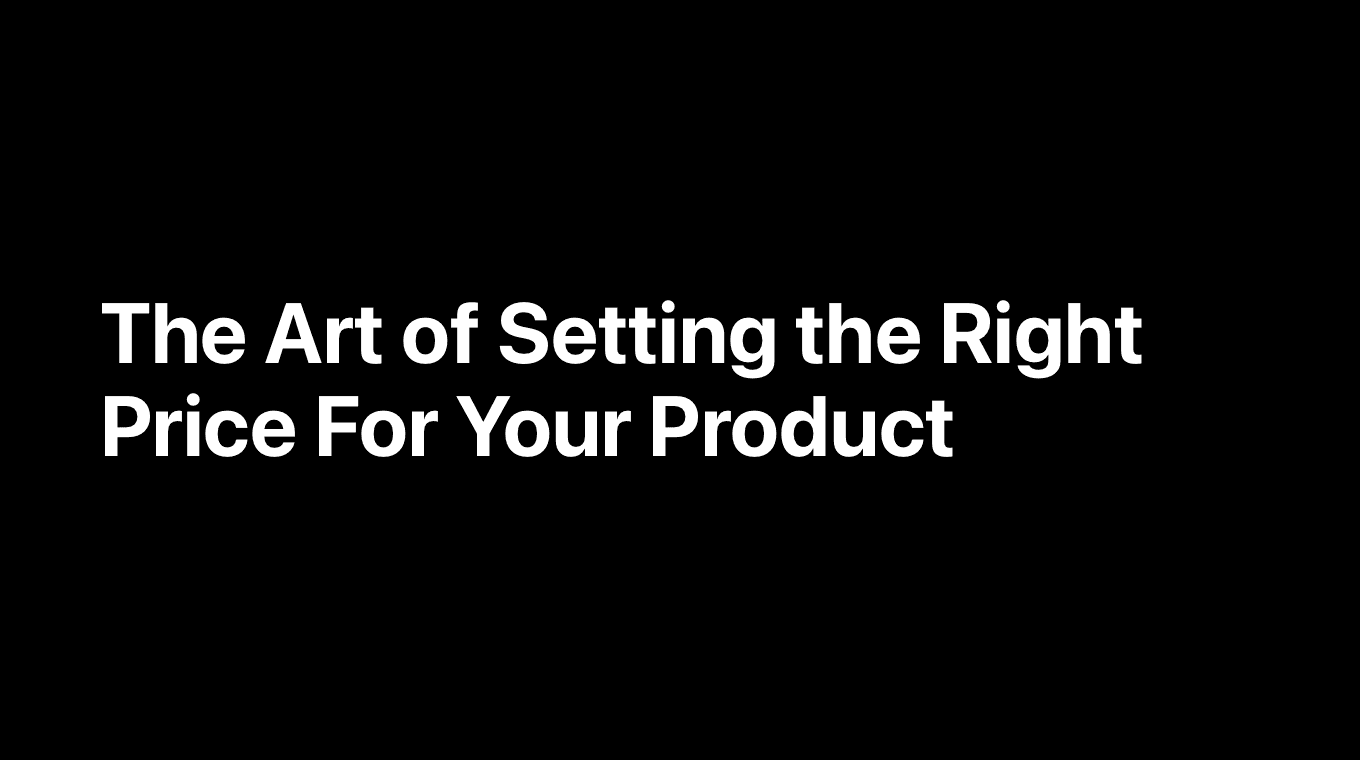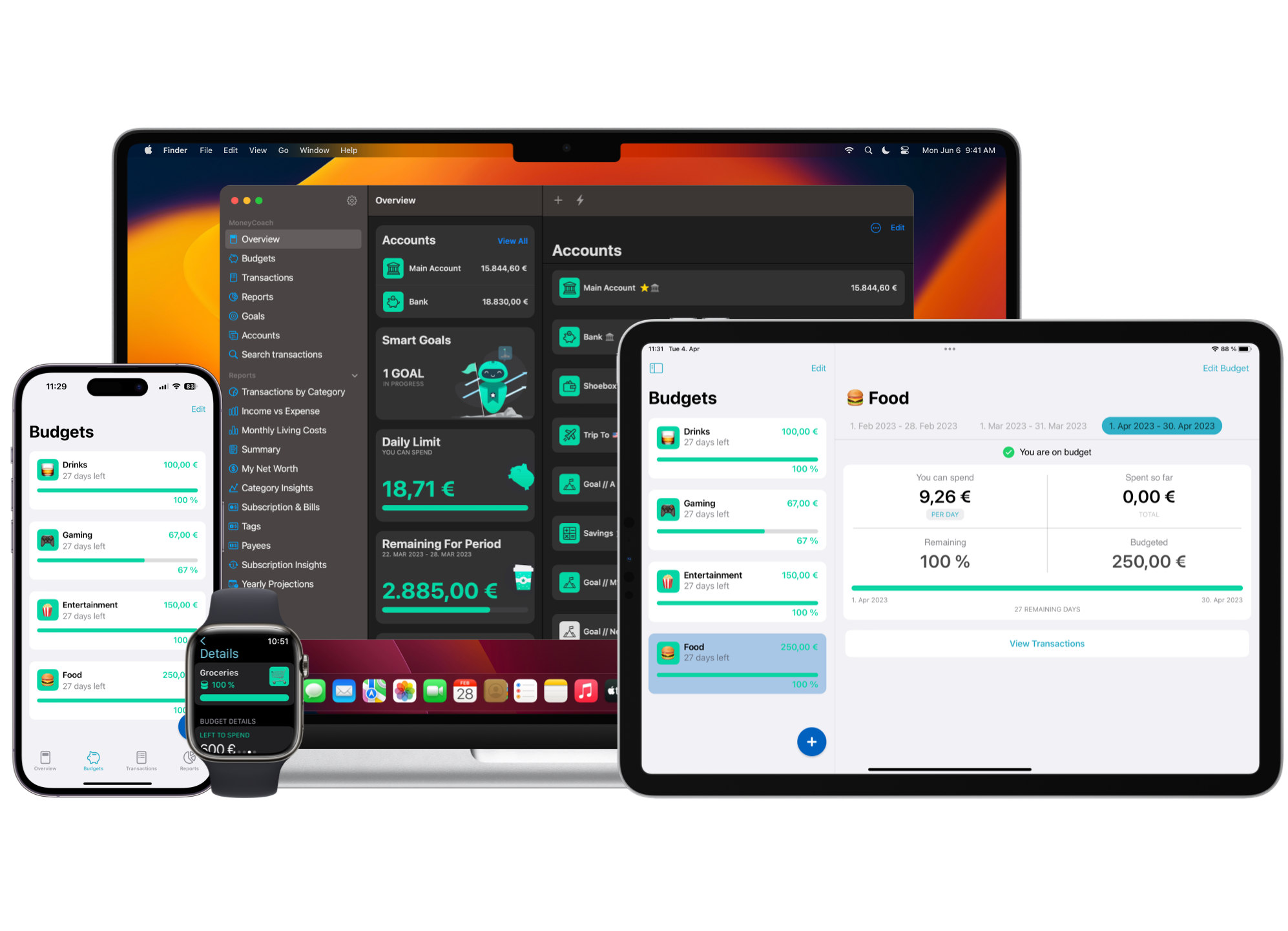
Though it may sound intricate and challenging at first, but once you have mastered it, you will certainly attribute a large part of your profit to having a right pricing structure. To help you carry out a systematic process, here is a checklist that you should keep in mind when setting the right prices for your product.
1. Never Base Your Prices Based on Your Competition
First and foremost, it is important to understand that pricing your products based on what your competitors charges their customers not a wise move. Though it is important to know how much your competitor's prices their products, it must only act as a baseline that will help you explain why you charge lower or higher than your competitors.
If you properly position your product in the market, then the price will not be a significant deciding factor of your target market. In today’s ever-competitive market, being cheap, either, is not necessarily enough to win your customer’s loyalty, let alone the most scrutinising customer will be doubtful about the quality of your product if you price your product lower than the competition.
2. Consider All of Your Costs
This includes both directs costs – what you pay for creating your product or service – and overhead expenses such as utilities and rent.
In assessing the direct costs, you should answer questions like the costs of the raw materials and supplies, the costs of procuring those materials and the time it takes to service a customer. After knowing your direct costs, you need to look at the other costs essential to keep your business running. This includes rent expense, the budget allocated for your sales and marketing efforts and the technologies used to process tasks.
3. Look Back at Your Previous Projects
Another way to for service-oriented businesses to set and understand the appropriate pricing to implement is to evaluate the prior projects. Reexamining the projects delivered and contracts fulfilled in the past will help you understand the actual profitability to expect in your present projects.
It’s in this exercise of looking at what was charged set against what it cost that many lessons about pricing are learned, processes can be improved and suggestions can be shared to support better pricing structure in the future.
4. Don’t Forget to Cover Opportunity Cost
Opportunity cost refers to the loss of potential gain from other alternatives when one alternative is chosen. It is very important that you consider this cost when setting your price, especially when closing a deal with a client.
Once you have assigned the resources to a project or a contract for less than what you would normally charge, you lost the opportunity to use those resources on projects that will bring more profit to your business.
If your business offers specialized services which are not needed on a regular basis, the opportunity cost of having that resources available should be factored in your pricing. For instance, if you provide services like graphics design outsourcing, you must consider the cost that your client will pay if they choose to do their graphics project in-house.
5. Always Focus on Value
It has been a practice by many businesses and salespeople to always point out the price of the product to entice people to buy. However, putting too much emphasis on price might connote that your product is off-quality. Instead, highlight the unique features and the benefits that the user will get from the constant use of the product.
By showcasing the unmatched value of your product, then you can easily justify its price. Aside from putting specific product details on your website, this can also be achieved by allowing your target customers to try your product on a limited timeframe or with restrictions on some features. In doing so, you can gauge if your product or service provides great value and experience to your customers.
6. Review Your Pricing Strategy Consistently
With the fluctuating costs of raw materials and overhead, it is so easy for profit margins to go down. To ensure that you are still generating enough profit, reevaluate your pricing strategy on a regular basis.
If possible, do so when you are renegotiating contract terms with your suppliers. In times of low profitability, you may also consider charging for services that you have been providing to your customers for free.
Credit: BCS



